If you've noticed a strange, musty smell coming from your bathroom sink, chances are you have mold growing in it. Mold can be a pesky and dangerous problem to deal with, but with the right knowledge and tools, you can eliminate it from your bathroom sink for good. Here are some tips on how to remove mold in your bathroom sink. 1. Identify the Type of Mold The first step in getting rid of mold in your bathroom sink is to identify the type of mold you're dealing with. Some molds are harmless, while others can be toxic and require professional remediation. Use a mold testing kit or consult a professional to determine the type of mold in your sink. 2. Wear Protective Gear Mold can be harmful to your health, so it's important to wear protective gear when dealing with it. This includes gloves, a face mask, and goggles to protect your skin, lungs, and eyes from mold spores. 3. Use a Mold Removal Solution There are many commercial mold removal solutions available, but you can also make your own with household ingredients like vinegar, baking soda, and hydrogen peroxide. Apply the solution to the affected area and let it sit for a few minutes before scrubbing it with a brush. 4. Scrub with a Brush Using a stiff-bristled brush, scrub the moldy areas of your sink to remove the mold and any residue. If the mold is stubborn, you may need to let the solution sit for longer or use a stronger commercial cleaner. 5. Rinse and Dry Thoroughly After scrubbing, rinse the sink with clean water and dry it thoroughly with a towel. This will help prevent any remaining mold spores from growing and spreading.How to Remove Mold in Your Bathroom Sink
1. Address Any Leaks Mold thrives in damp, humid environments, so if your sink is constantly leaking, it's important to fix it as soon as possible. This will help prevent mold from growing in the first place. 2. Keep Your Bathroom Well-Ventilated Proper ventilation is crucial in preventing mold growth in your bathroom. Make sure your bathroom has a window or an exhaust fan to allow moisture to escape. 3. Clean Regularly Mold needs a food source to grow, and soap residue and toothpaste can provide just that in your sink. Be sure to clean your sink regularly to remove any potential food sources for mold. 4. Use a Dehumidifier If your bathroom is prone to high humidity levels, consider using a dehumidifier to reduce moisture in the air. This will help prevent mold from growing not only in your sink but also in other areas of your bathroom. 5. Keep Your Sink Dry After using your sink, be sure to dry it with a towel or cloth to prevent any moisture from lingering. This will not only help prevent mold growth but also keep your sink looking clean and shiny.5 Tips for Getting Rid of Mold in Your Bathroom Sink
Stachybotrys chartarum, commonly known as black mold, is a type of mold that can grow in damp areas like your bathroom sink. This type of mold can release toxic spores into the air, which can cause a range of health problems, including respiratory issues, allergies, and even neurological problems. In addition to health risks, mold can also cause damage to your sink and surrounding areas. It can eat away at the grout, caulk, and even the sink itself, leading to costly repairs.The Dangers of Mold in Your Bathroom Sink
There are several DIY solutions you can try to get rid of mold in your bathroom sink, including: - Vinegar and Baking Soda: Mix equal parts vinegar and water in a spray bottle and spray it on the moldy areas. Let it sit for a few minutes before scrubbing with a mixture of baking soda and water. - Hydrogen Peroxide: Use a spray bottle to apply hydrogen peroxide directly to the moldy areas. Let it sit for 10-15 minutes before scrubbing with a brush. - Tea Tree Oil: Mix a few drops of tea tree oil with water and spray it on the moldy areas. Let it sit for a few minutes before scrubbing.DIY Solutions for Mold in Your Bathroom Sink
The best way to deal with mold is to prevent it from growing in the first place. Here are some tips to help prevent mold growth in your bathroom sink: 1. Fix leaks promptly. Any leaks in your sink, pipes, or faucets can lead to mold growth. Be sure to fix any leaks as soon as you notice them. 2. Keep your bathroom well-ventilated. As mentioned earlier, proper ventilation is key in preventing mold growth. Make sure your bathroom has a window or an exhaust fan to allow moisture to escape. 3. Clean regularly. Regularly cleaning your sink and bathroom can help prevent mold growth. Be sure to clean any soap scum or toothpaste residue from your sink to eliminate potential food sources for mold. 4. Use a dehumidifier. If your bathroom is prone to high humidity levels, consider using a dehumidifier to reduce moisture in the air. 5. Keep your sink dry. After using your sink, be sure to dry it thoroughly with a towel or cloth to prevent any lingering moisture.Preventing Mold Growth in Your Bathroom Sink
If you're not a fan of DIY solutions, there are several commercial products available specifically designed for removing mold in your bathroom sink. Look for products with ingredients like hydrogen peroxide, bleach, or ammonia, which are known to be effective in killing mold. Be sure to follow the instructions carefully and wear protective gear when using these products.The Best Products for Removing Mold in Your Bathroom Sink
Some common signs of mold in your bathroom sink include a musty smell, discoloration, and dark spots or patches. If you notice any of these signs, it's important to address the mold growth immediately. Follow the steps mentioned earlier in this article to remove the mold and take preventative measures to prevent it from coming back.Signs of Mold in Your Bathroom Sink and How to Address Them
Aside from the health risks and potential damage to your sink, ignoring mold in your bathroom sink can also lead to further mold growth and spread to other areas of your bathroom. It's important to address the issue as soon as you notice it to prevent it from becoming a bigger problem.Why You Shouldn't Ignore Mold in Your Bathroom Sink
Even if you've successfully removed mold from your bathroom sink, it's essential to regularly clean and disinfect it to prevent future mold growth. Use a mixture of water and vinegar or a commercial bathroom cleaner to clean your sink at least once a week. After cleaning, be sure to dry your sink thoroughly to prevent any lingering moisture.How to Clean and Disinfect Your Bathroom Sink to Prevent Mold
If you've tried DIY solutions and commercial products but still can't seem to get rid of mold in your bathroom sink, it's best to consult a professional mold remediation company. They have the knowledge and tools to effectively remove mold and prevent it from coming back.Professional Remediation for Mold in Your Bathroom Sink
The Dangers of Mold in Your Bathroom Sink
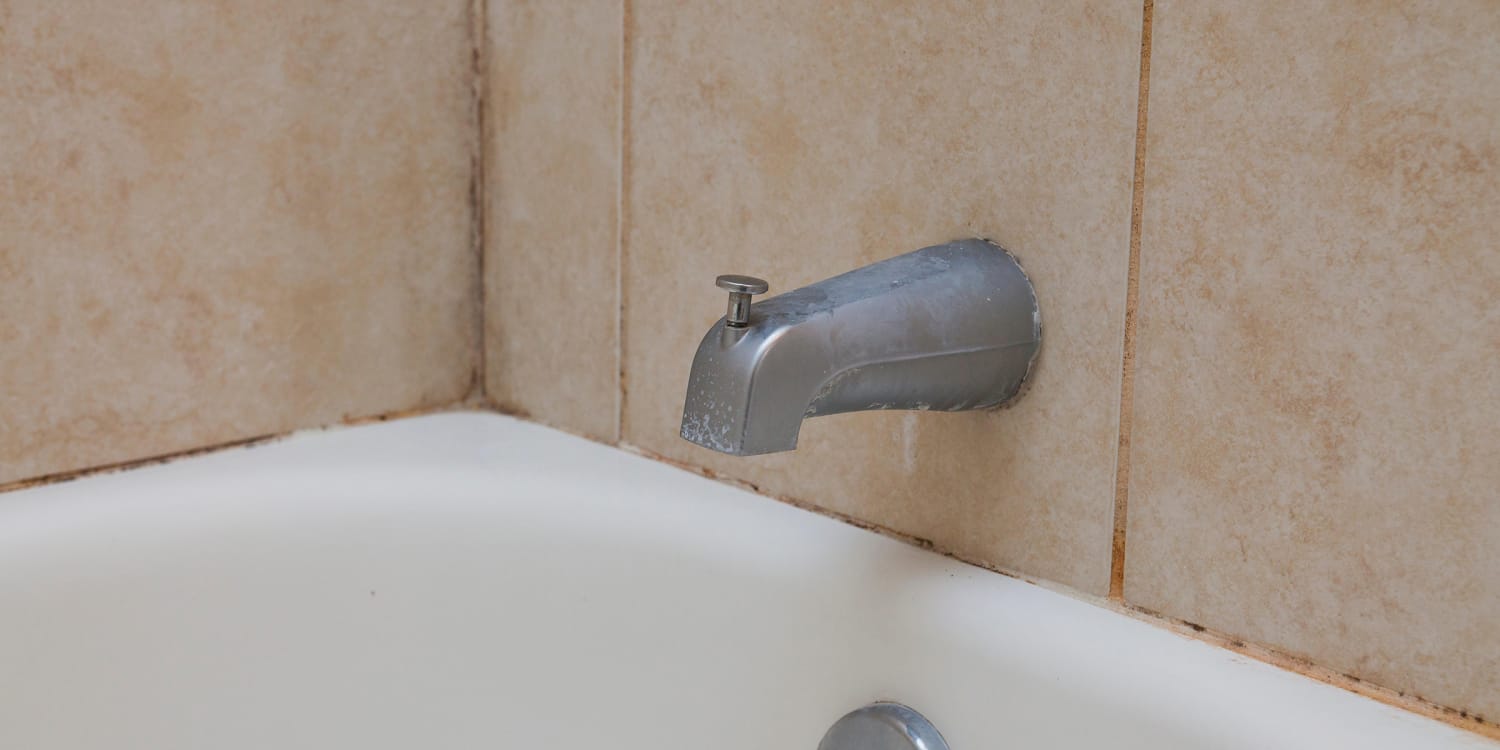
What is mold and why is it a problem?
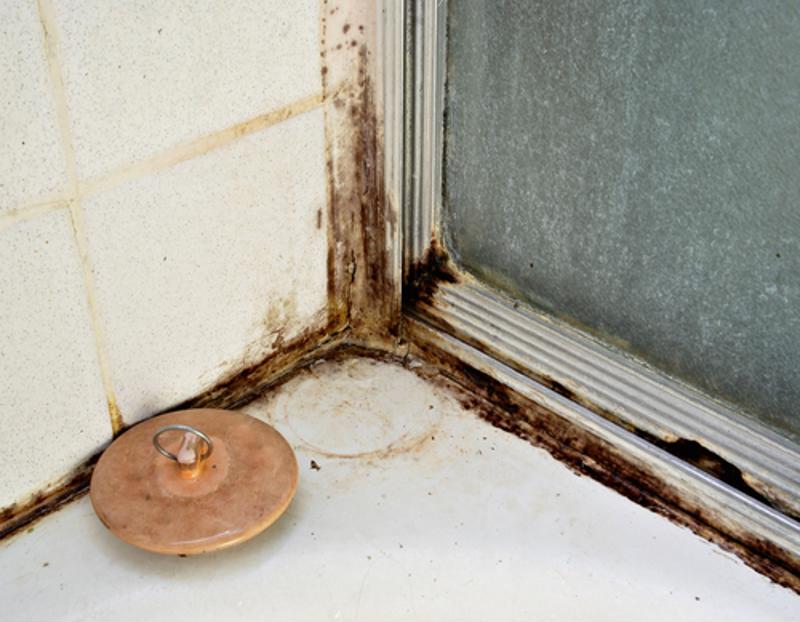 Mold is a type of fungus that grows in damp and humid environments. It can come in different colors, such as black, green, or white, and can be found in various areas of your home, including your bathroom sink. While a little bit of mold may not seem like a big deal, it can quickly become a major problem if left untreated. Not only is it unsightly, but it can also pose serious health risks to you and your family.
Mold is a type of fungus that grows in damp and humid environments. It can come in different colors, such as black, green, or white, and can be found in various areas of your home, including your bathroom sink. While a little bit of mold may not seem like a big deal, it can quickly become a major problem if left untreated. Not only is it unsightly, but it can also pose serious health risks to you and your family.
The role of bathroom design in preventing mold growth
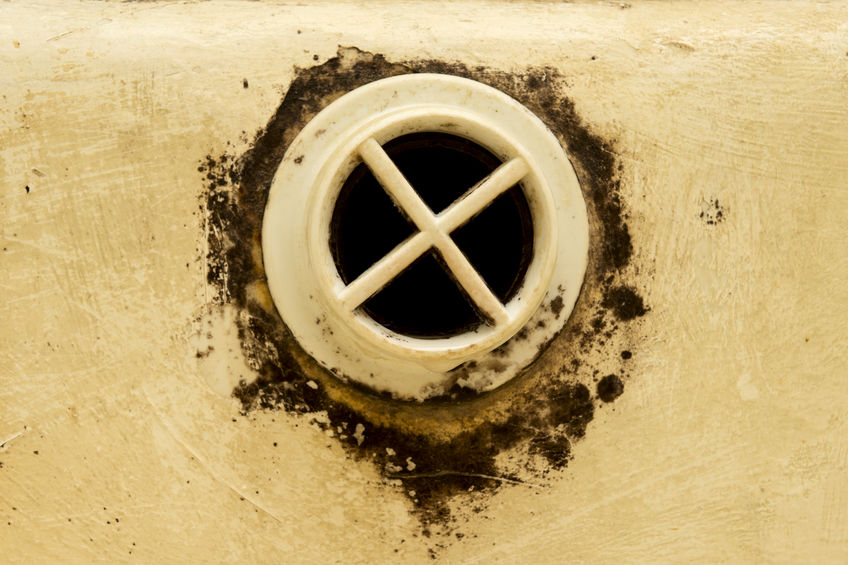 When it comes to mold growth in your bathroom sink, the design of your bathroom plays a crucial role. Poorly designed bathrooms with inadequate ventilation, improper drainage, and lack of natural light are more susceptible to mold growth. These factors create the perfect breeding ground for mold, and once it starts to grow, it can be challenging to get rid of.
Proper ventilation
is essential in preventing mold growth in your bathroom sink. Without proper ventilation, moisture from activities such as showering and washing your hands can get trapped in the bathroom, creating a humid environment that is ideal for mold growth. Make sure your bathroom has a window or exhaust fan to allow for proper air circulation.
Drainage
is another crucial aspect of bathroom design that can prevent mold growth. If your sink is not draining properly, water can accumulate and create a breeding ground for mold. Regularly check your sink's drainage and clean out any debris or clogs that may be hindering proper drainage.
When it comes to mold growth in your bathroom sink, the design of your bathroom plays a crucial role. Poorly designed bathrooms with inadequate ventilation, improper drainage, and lack of natural light are more susceptible to mold growth. These factors create the perfect breeding ground for mold, and once it starts to grow, it can be challenging to get rid of.
Proper ventilation
is essential in preventing mold growth in your bathroom sink. Without proper ventilation, moisture from activities such as showering and washing your hands can get trapped in the bathroom, creating a humid environment that is ideal for mold growth. Make sure your bathroom has a window or exhaust fan to allow for proper air circulation.
Drainage
is another crucial aspect of bathroom design that can prevent mold growth. If your sink is not draining properly, water can accumulate and create a breeding ground for mold. Regularly check your sink's drainage and clean out any debris or clogs that may be hindering proper drainage.
How to get rid of mold in your bathroom sink
 If you notice mold growth in your bathroom sink, it is essential to take immediate action to get rid of it. You can use a mixture of water and bleach to clean the affected area, but be sure to wear protective gear such as gloves and a mask to avoid inhaling the fumes. You can also use natural alternatives such as vinegar or tea tree oil to clean the mold.
In addition to cleaning the mold, it is crucial to fix any underlying issues that may have caused the mold growth in the first place. This may include fixing leaky pipes, improving ventilation, or re-caulking areas around the sink to prevent moisture from seeping in.
If you notice mold growth in your bathroom sink, it is essential to take immediate action to get rid of it. You can use a mixture of water and bleach to clean the affected area, but be sure to wear protective gear such as gloves and a mask to avoid inhaling the fumes. You can also use natural alternatives such as vinegar or tea tree oil to clean the mold.
In addition to cleaning the mold, it is crucial to fix any underlying issues that may have caused the mold growth in the first place. This may include fixing leaky pipes, improving ventilation, or re-caulking areas around the sink to prevent moisture from seeping in.
In conclusion
 Mold growth in your bathroom sink is not only a nuisance but also a potential health hazard. By paying attention to the design of your bathroom and taking necessary measures to prevent mold growth, you can ensure a healthy and mold-free environment in your home. If you notice persistent mold growth despite your best efforts, it is best to consult a professional to address any underlying issues and prevent future mold growth.
Mold growth in your bathroom sink is not only a nuisance but also a potential health hazard. By paying attention to the design of your bathroom and taking necessary measures to prevent mold growth, you can ensure a healthy and mold-free environment in your home. If you notice persistent mold growth despite your best efforts, it is best to consult a professional to address any underlying issues and prevent future mold growth.





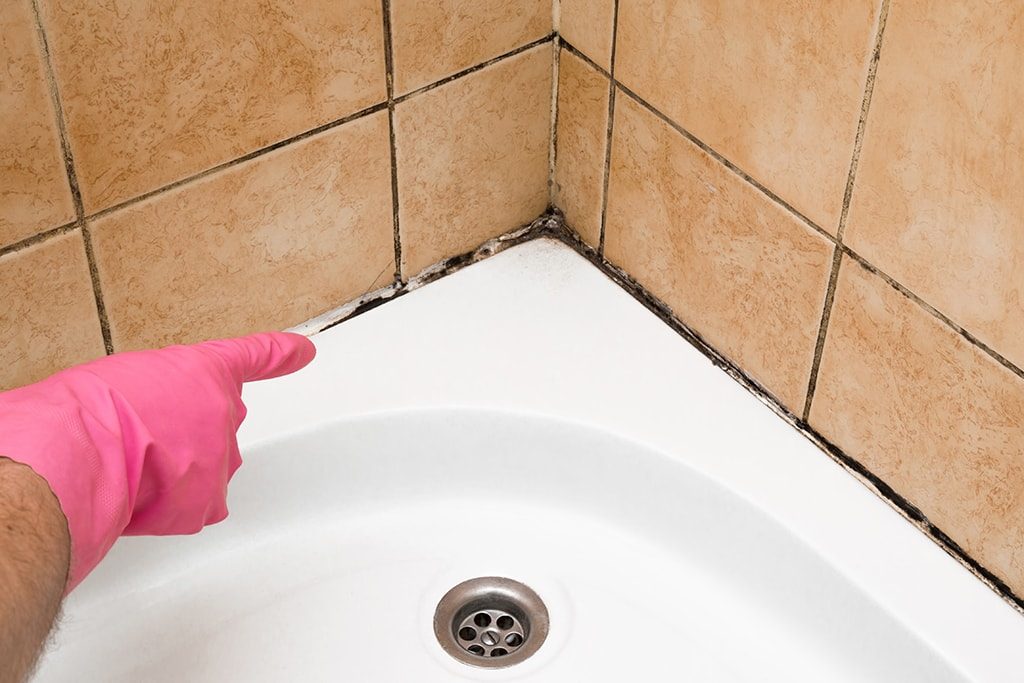


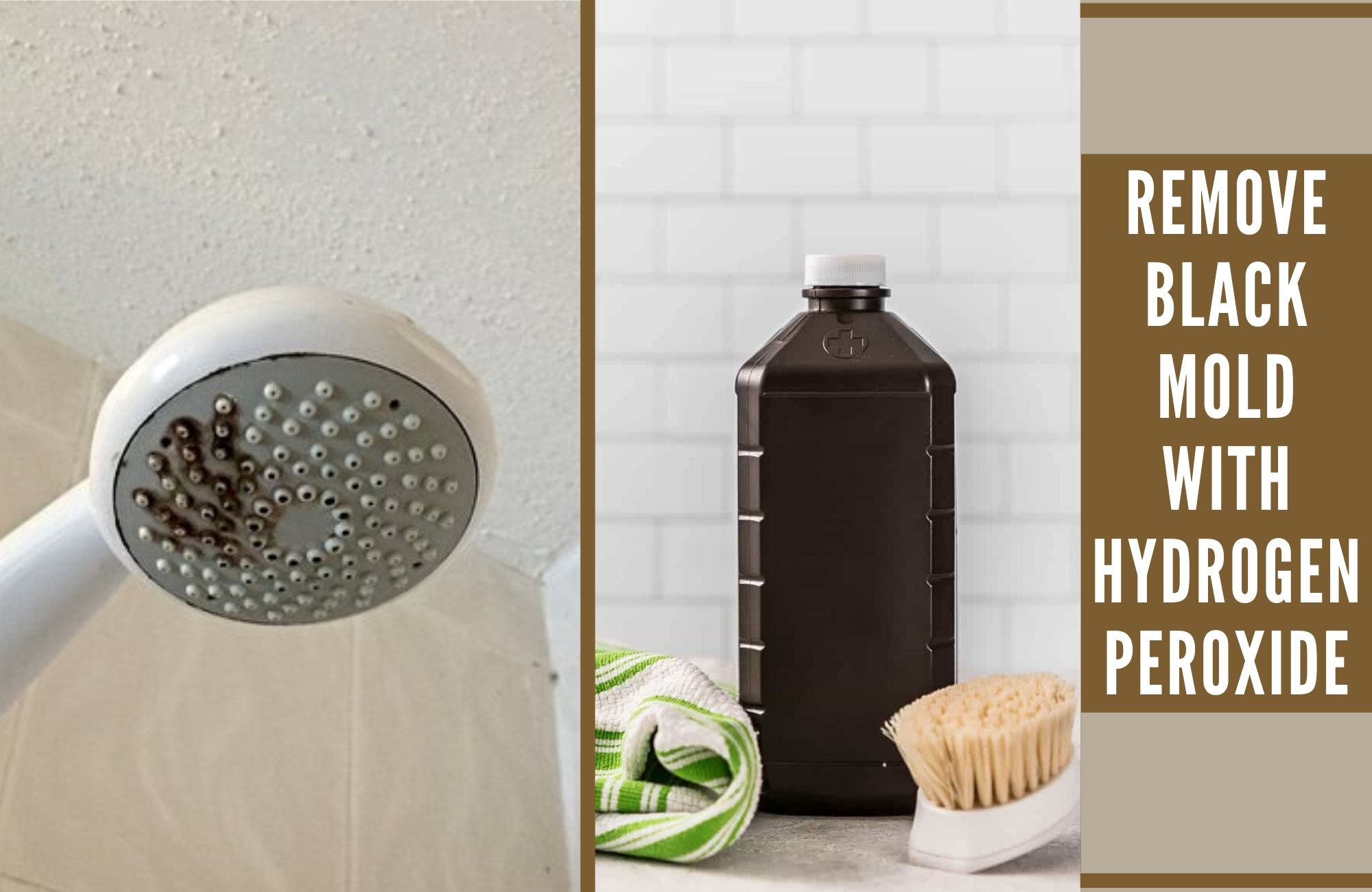
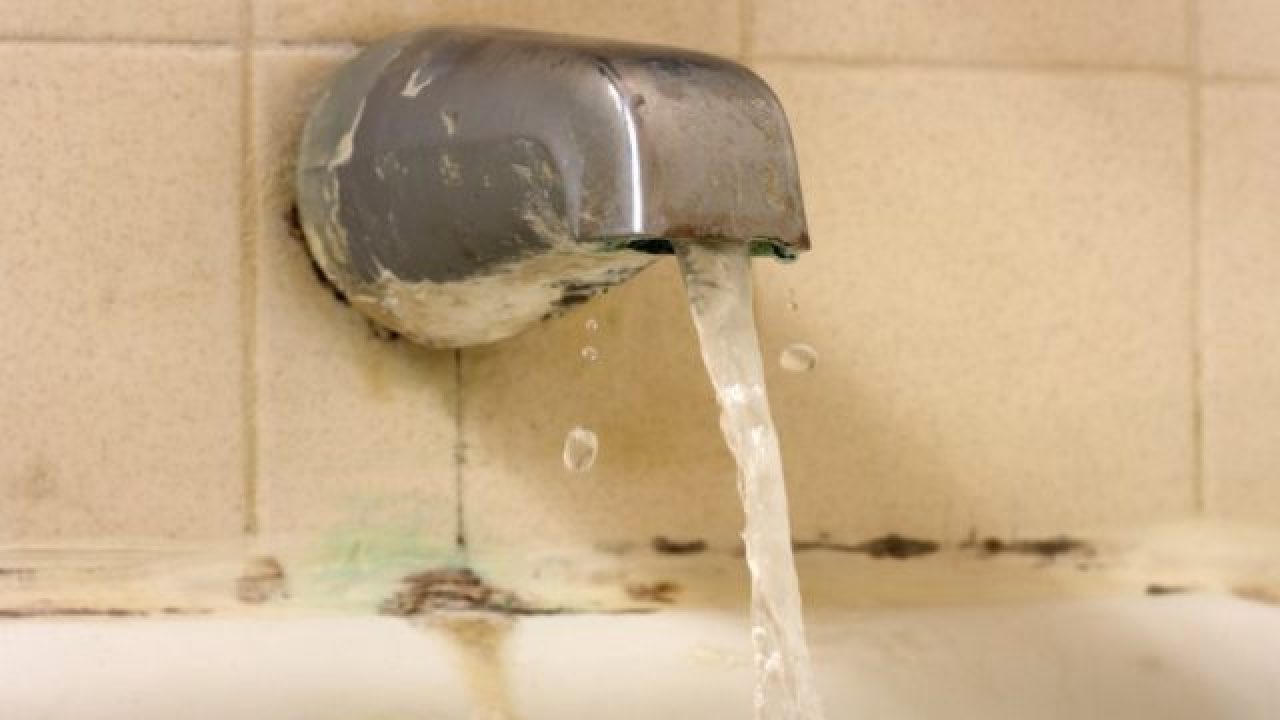

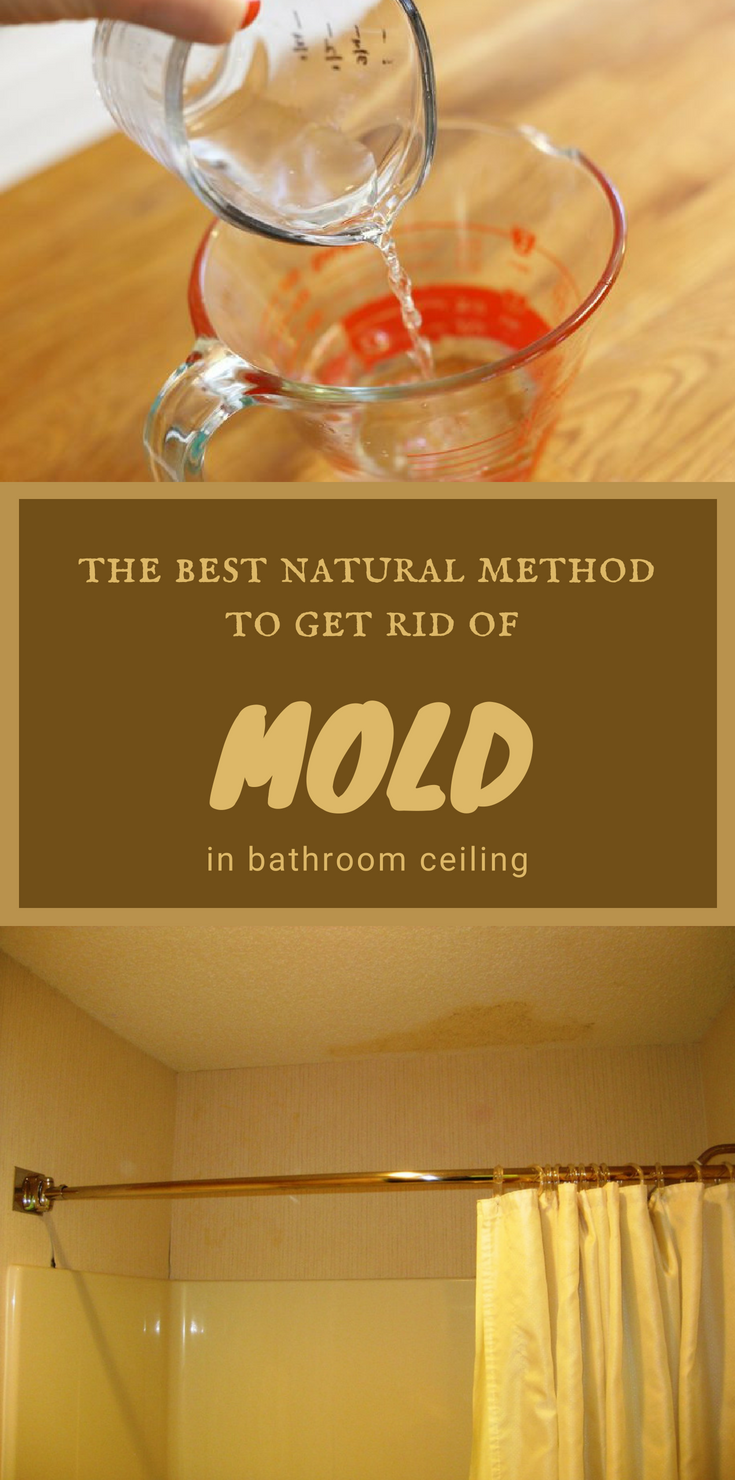






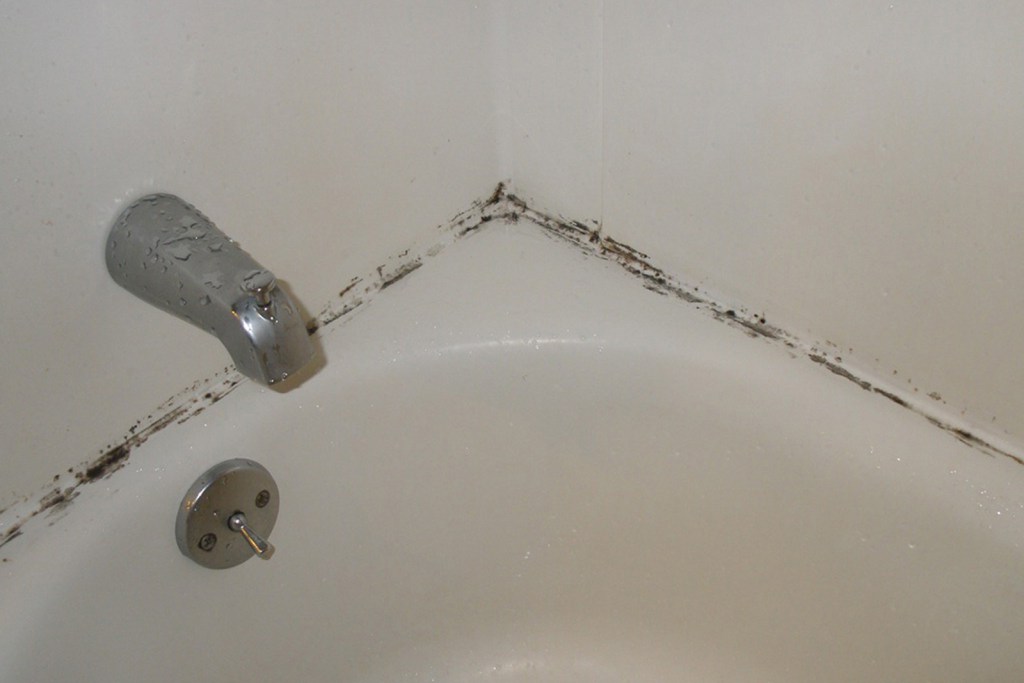


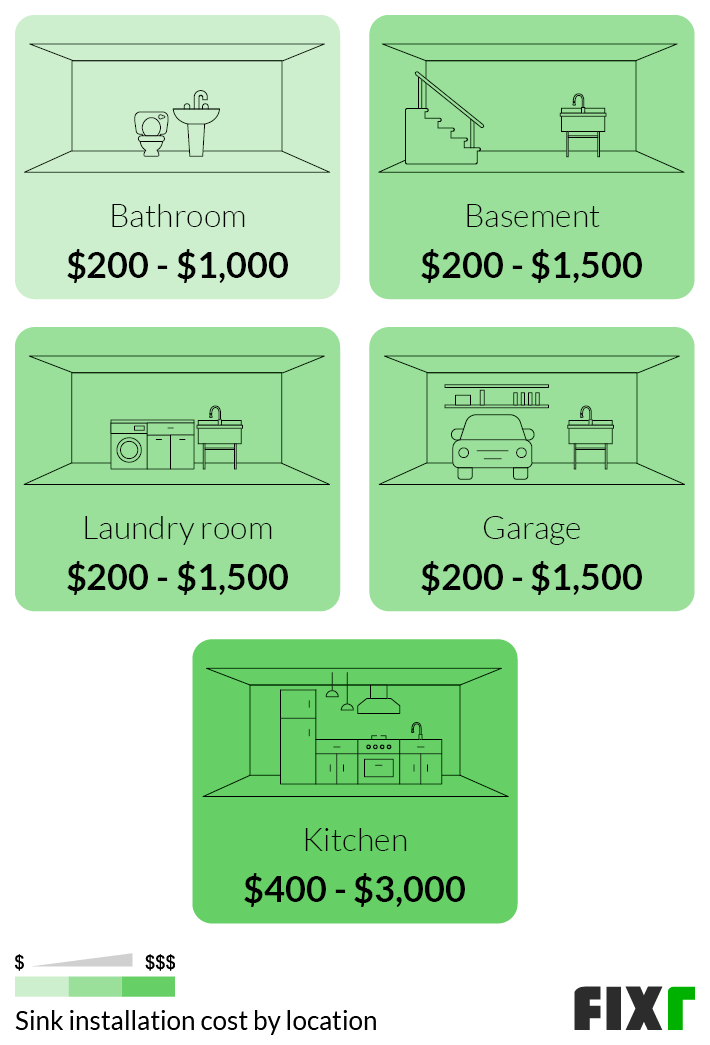

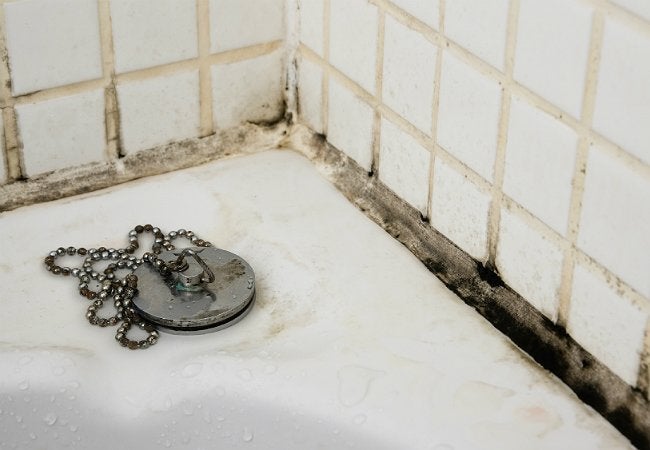
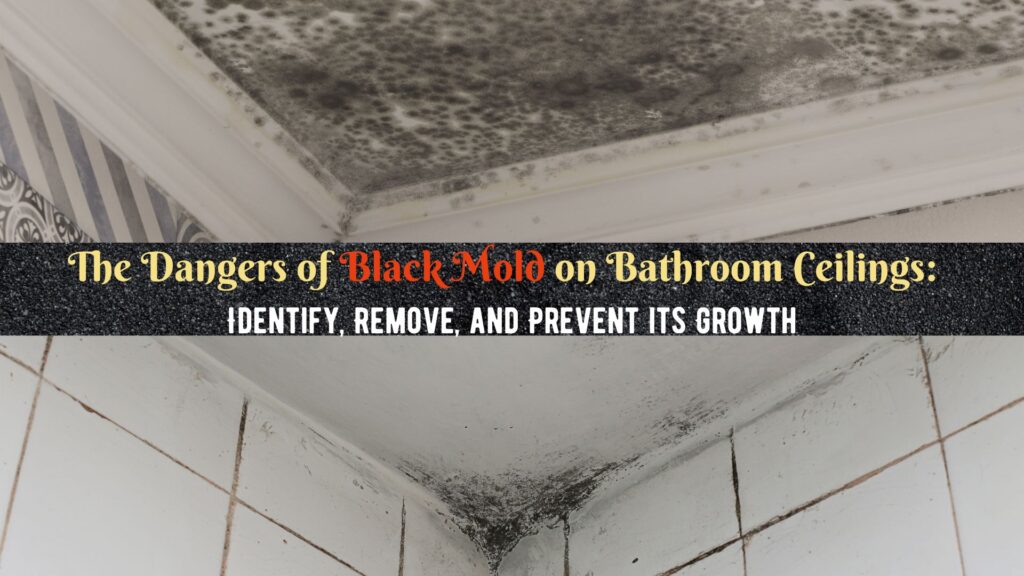

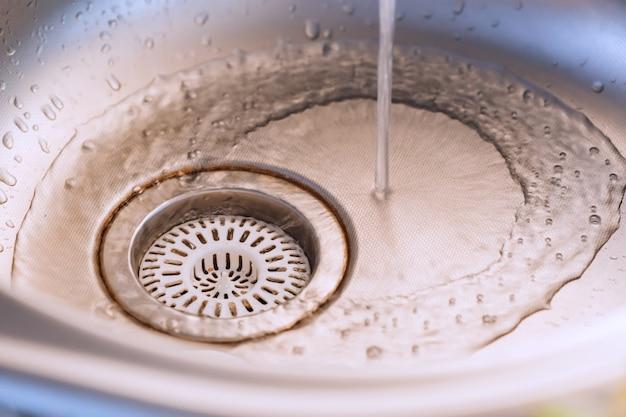
-1.png)

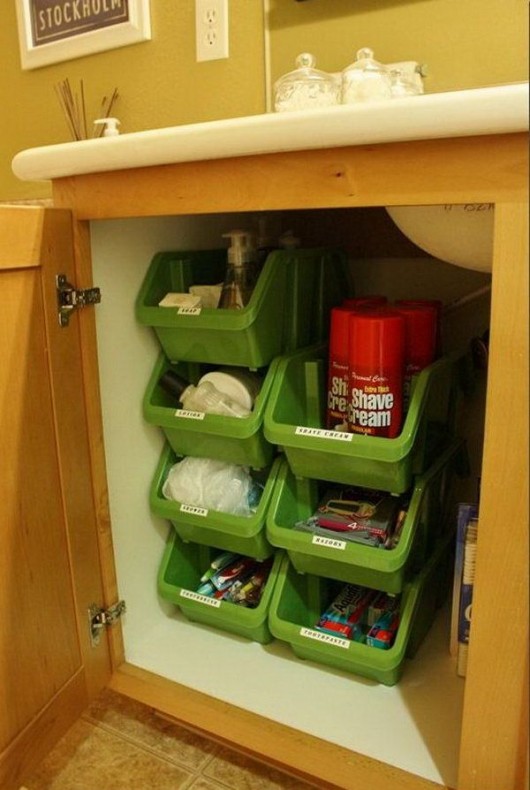


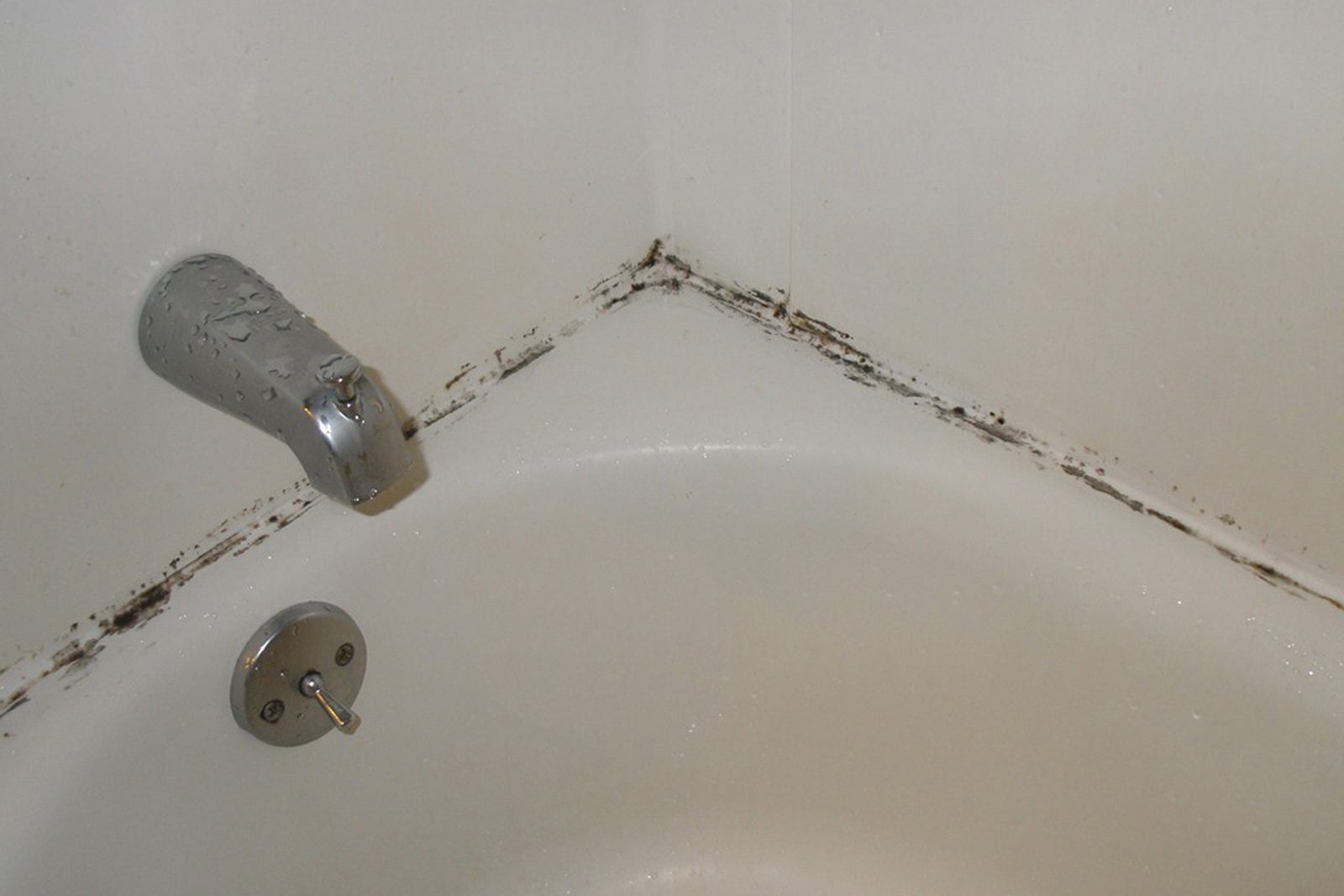










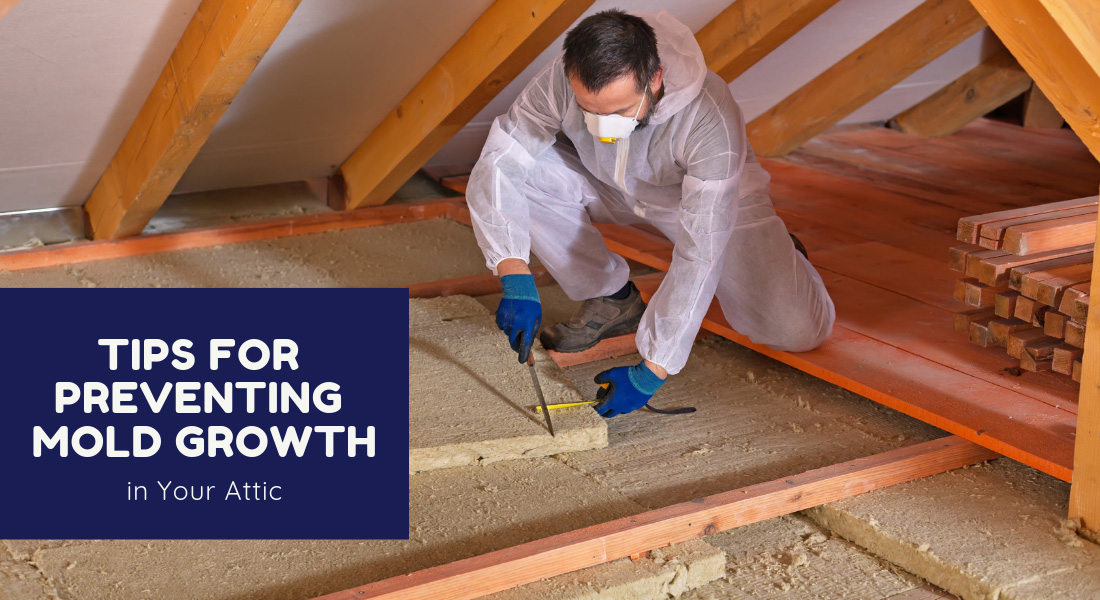
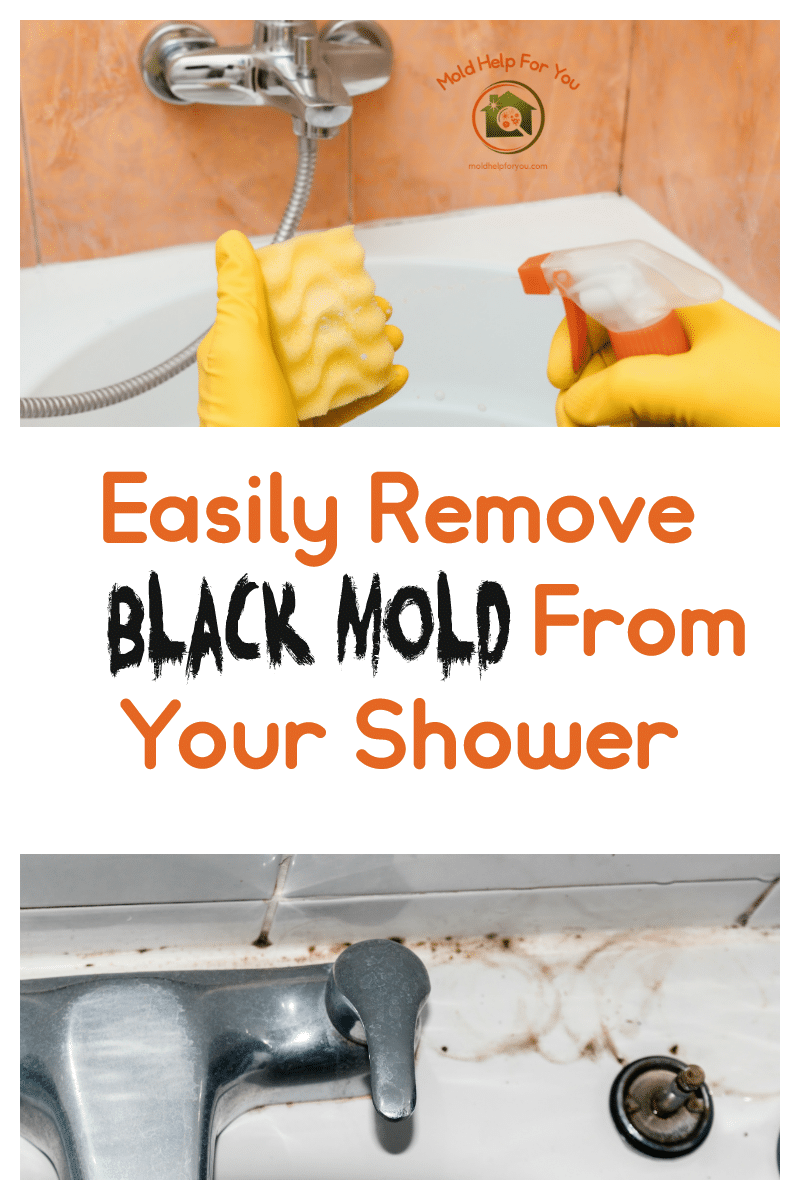


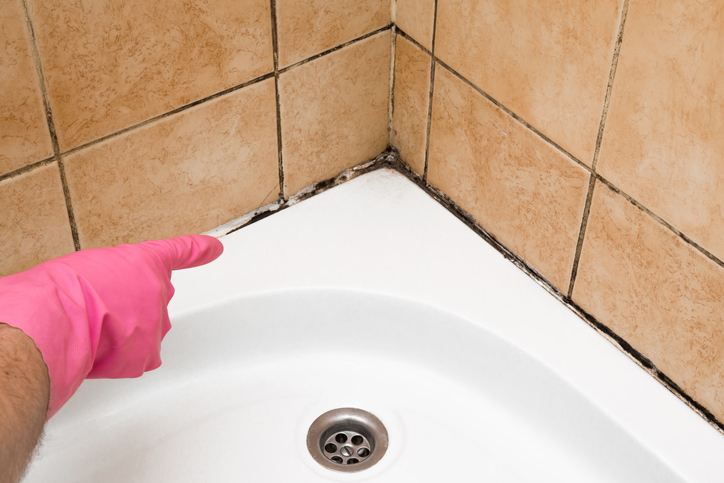




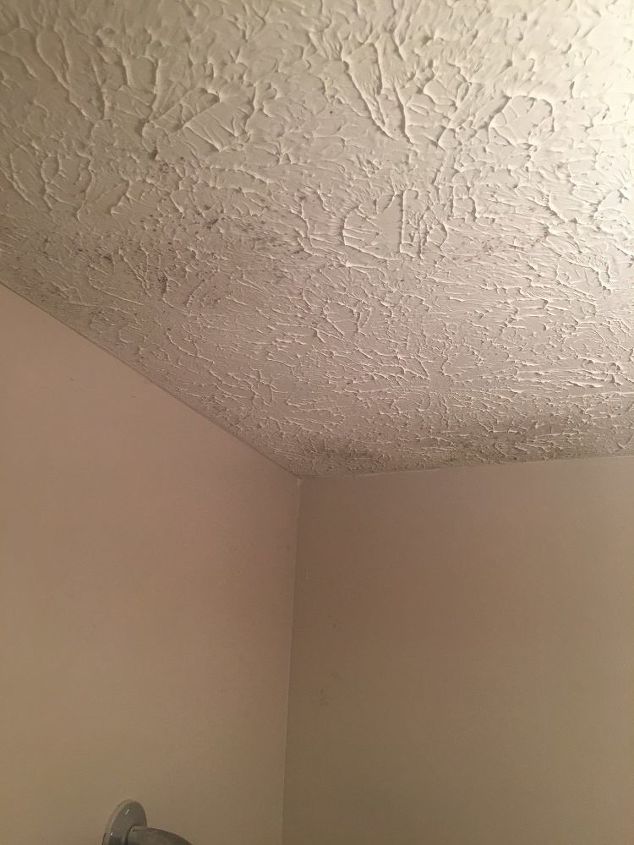
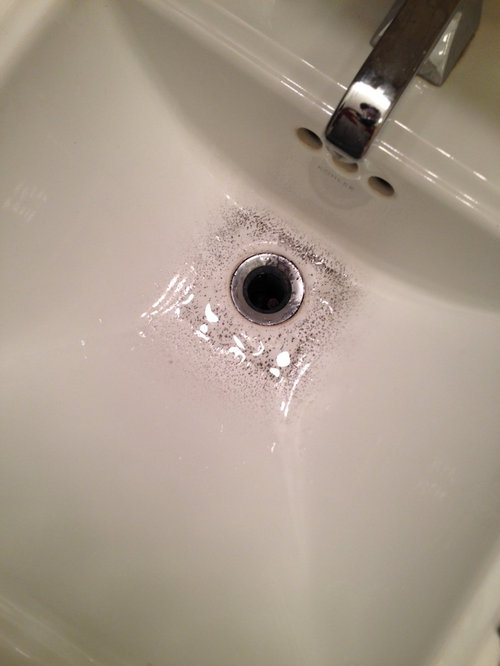
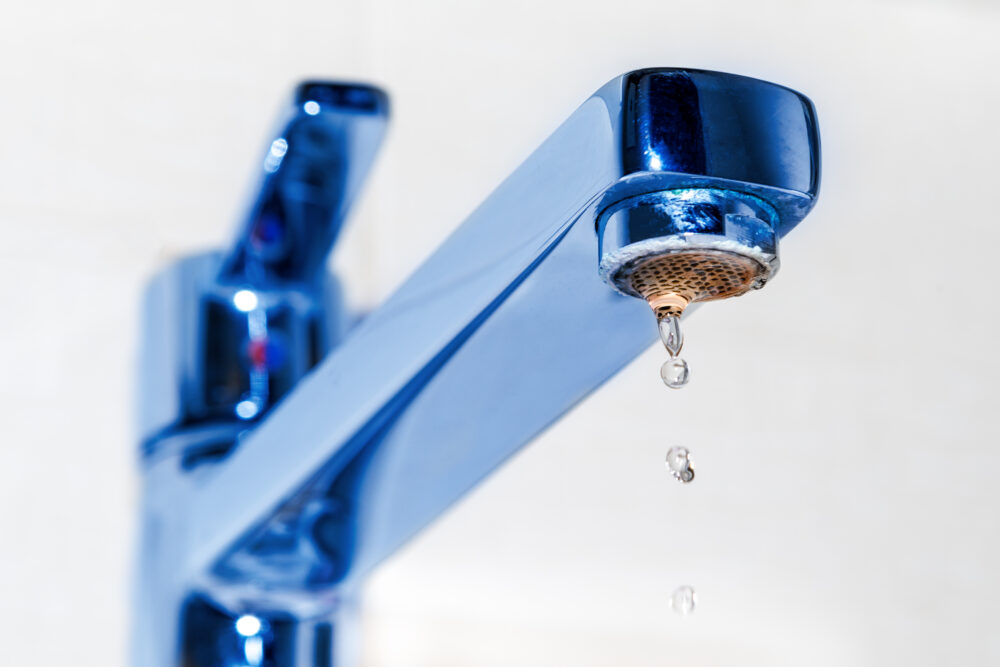
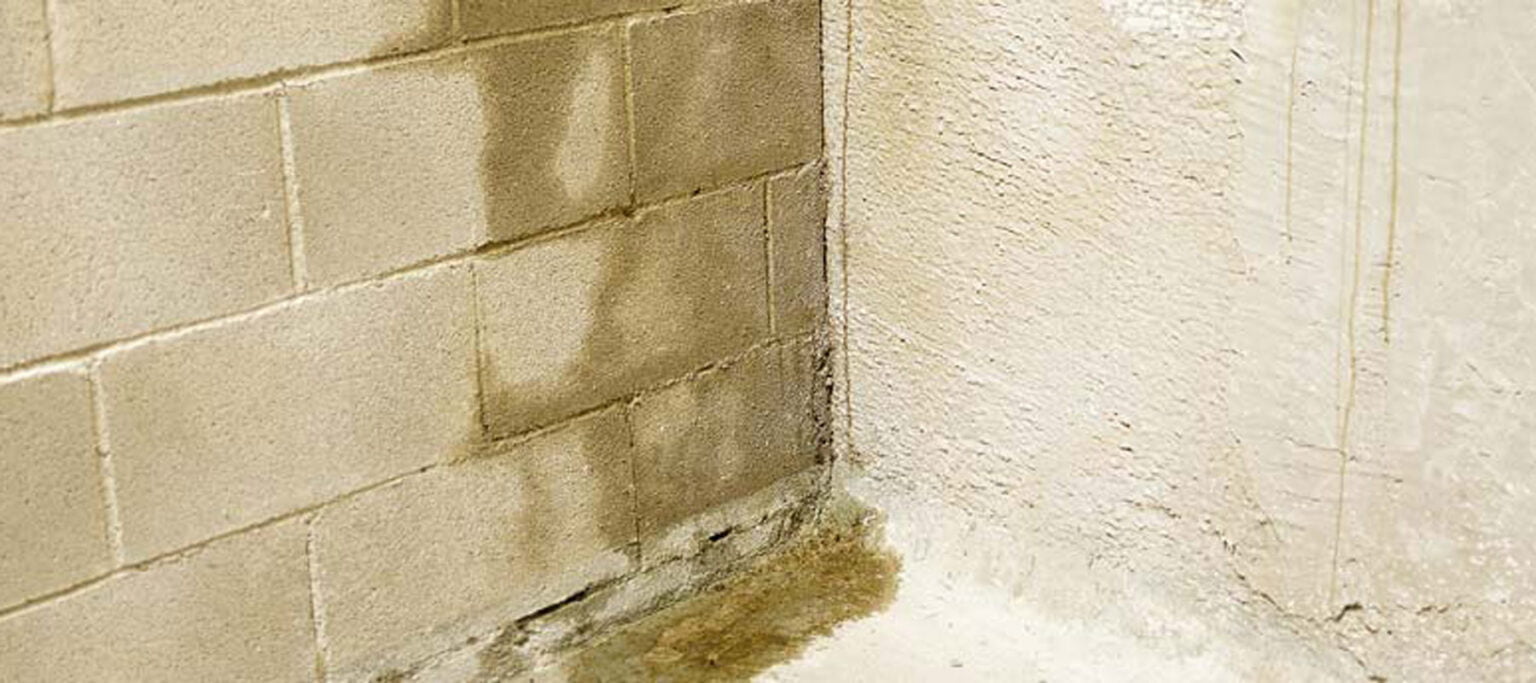










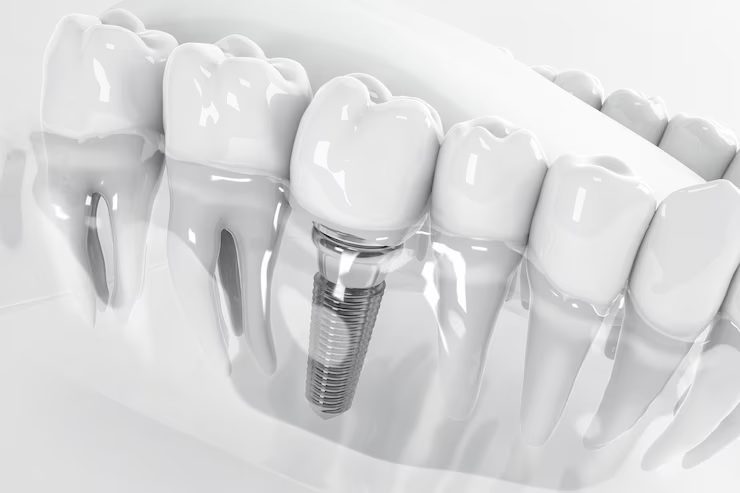

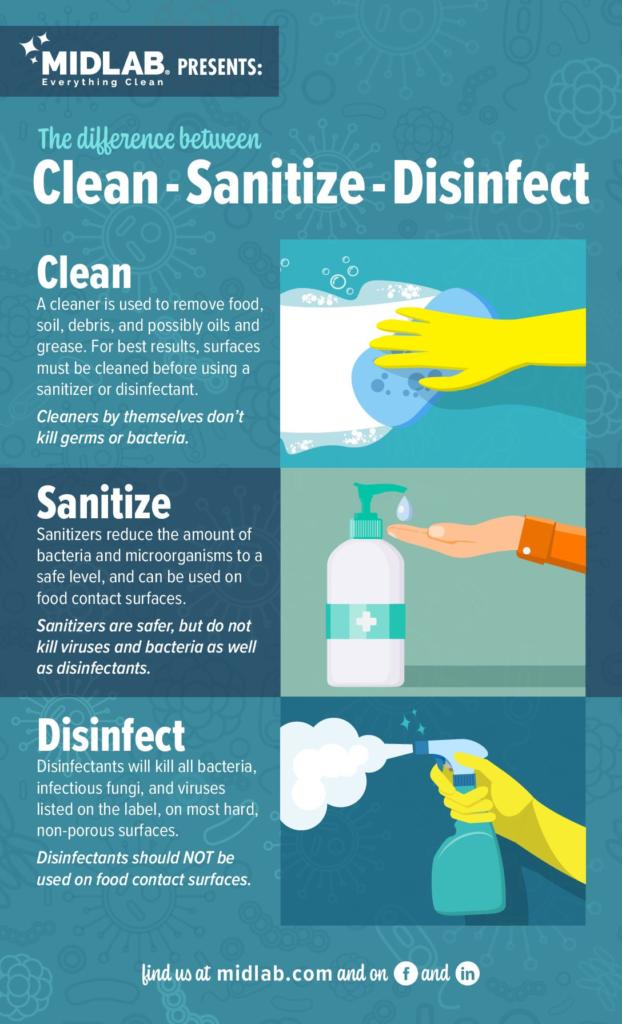

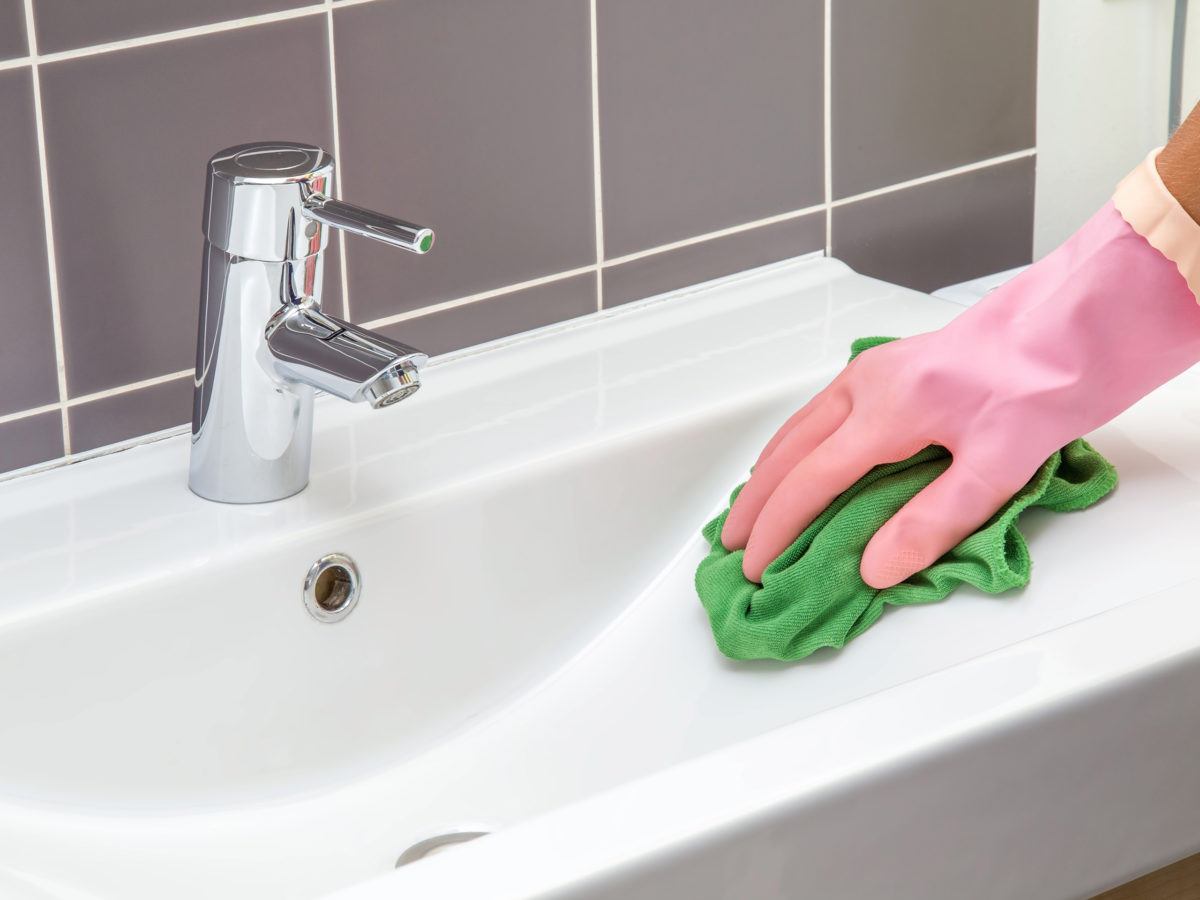
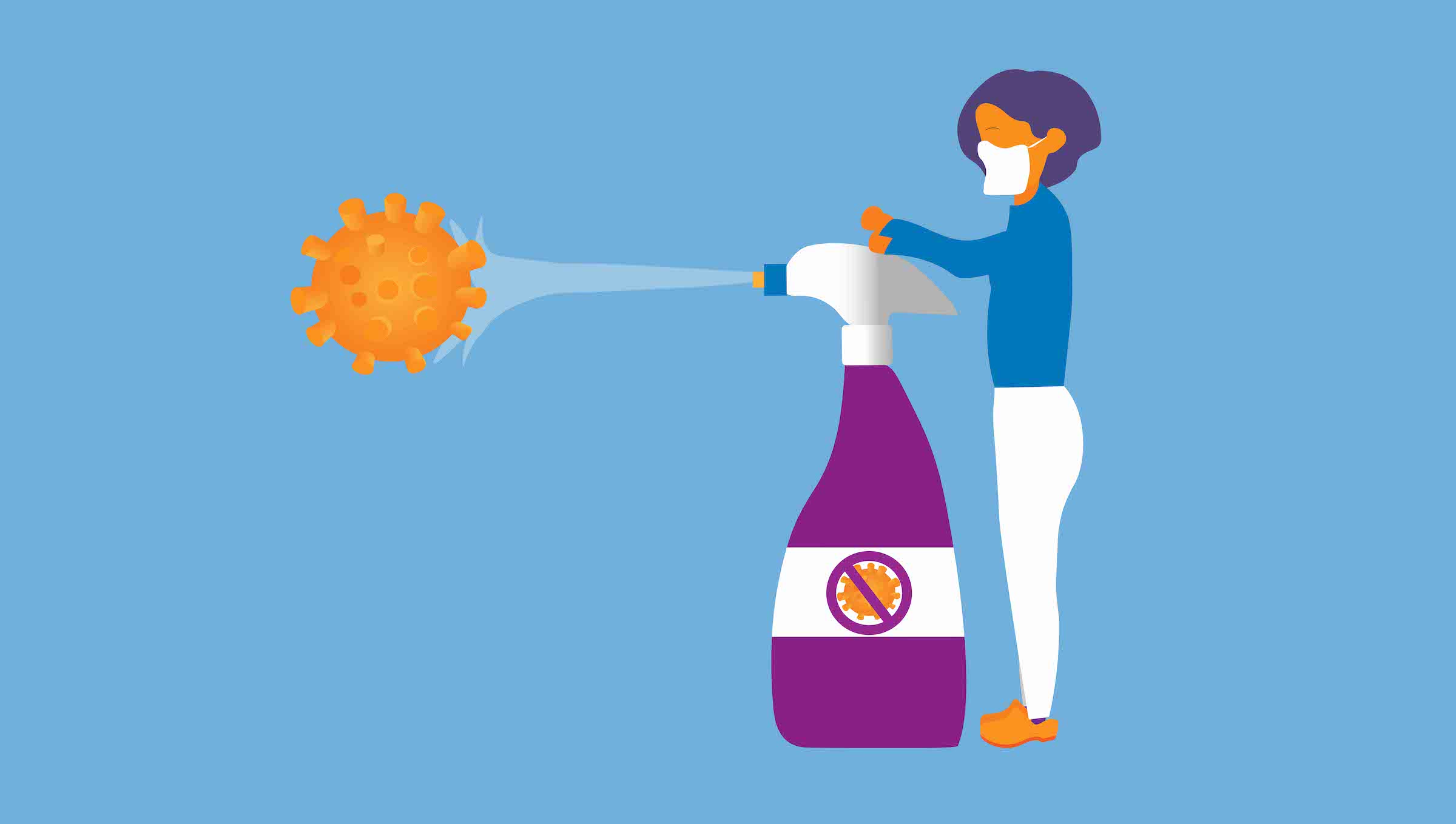
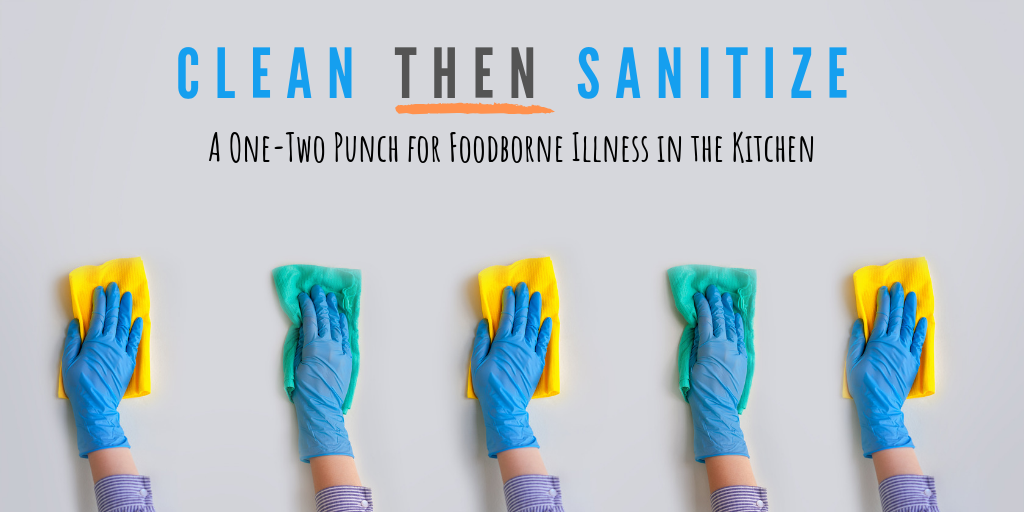
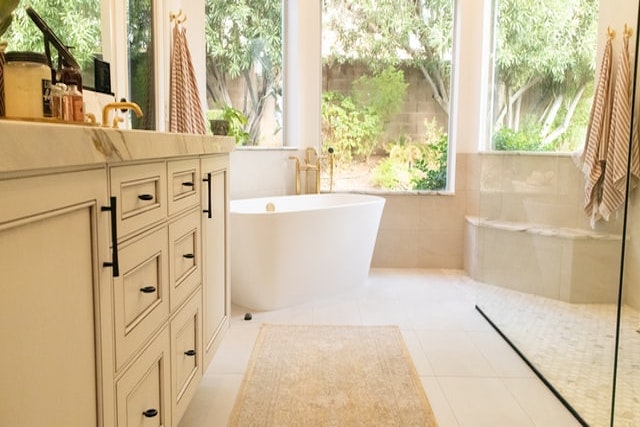

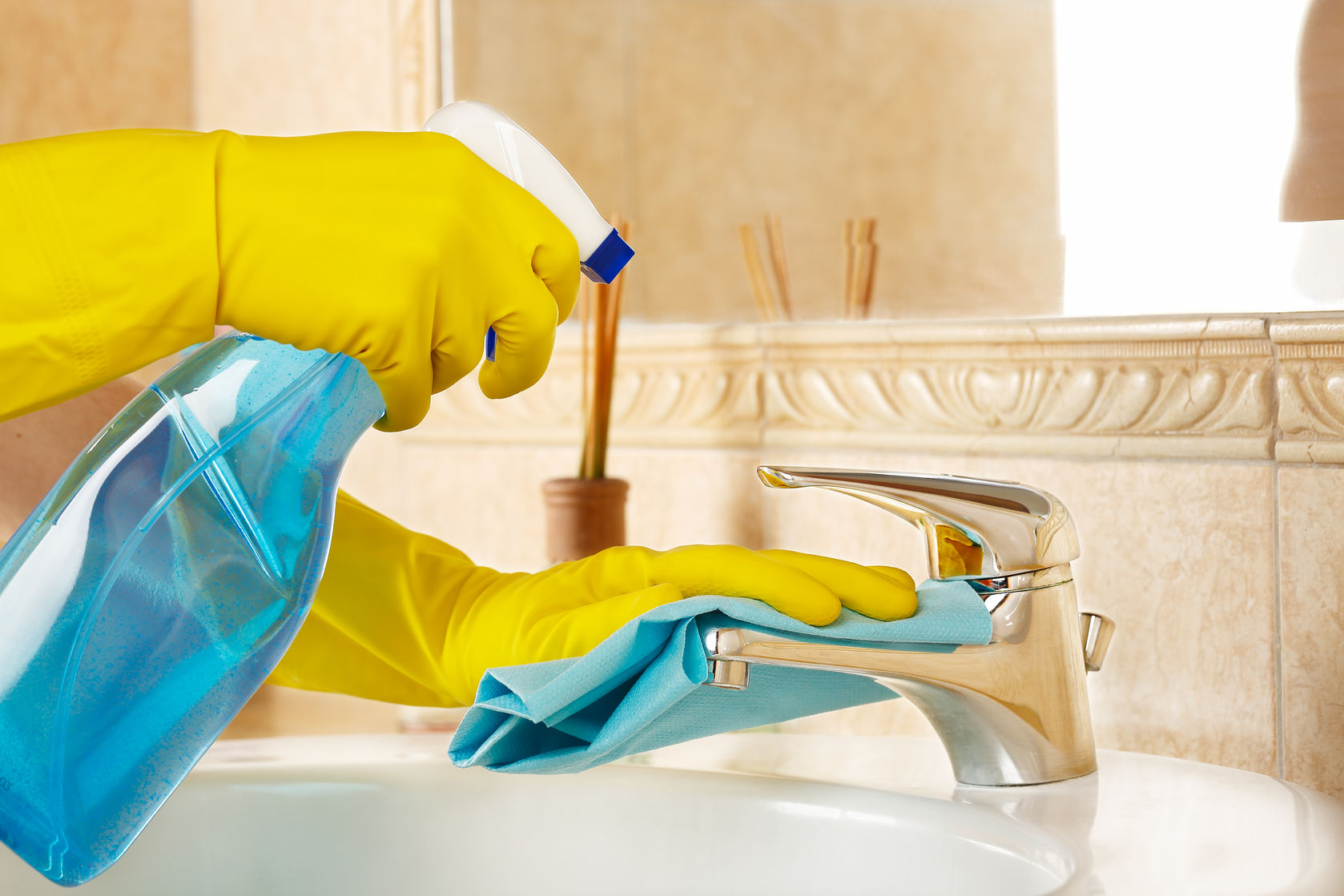



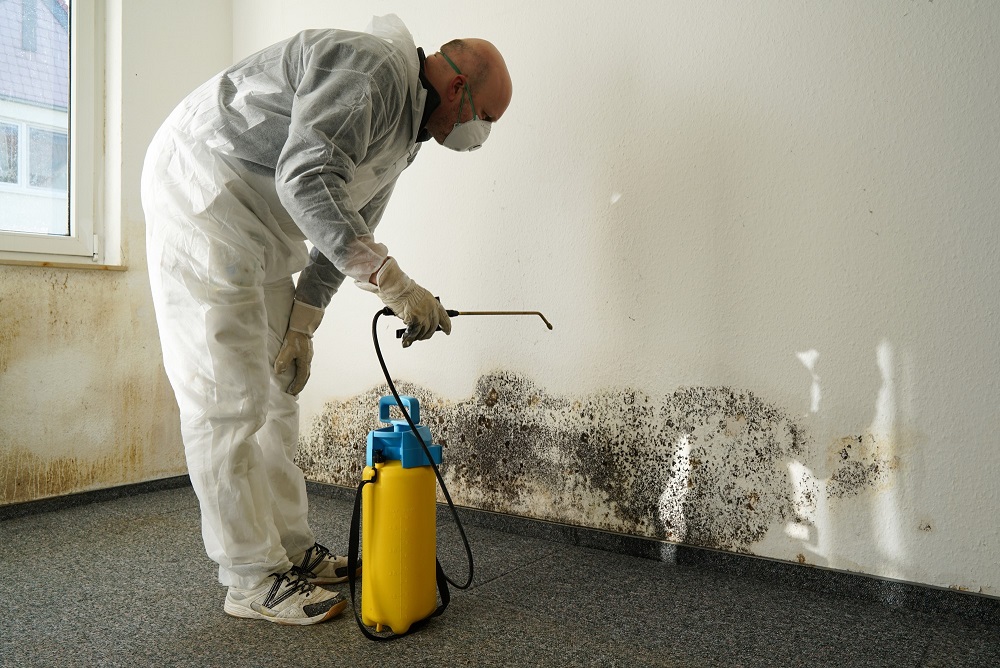
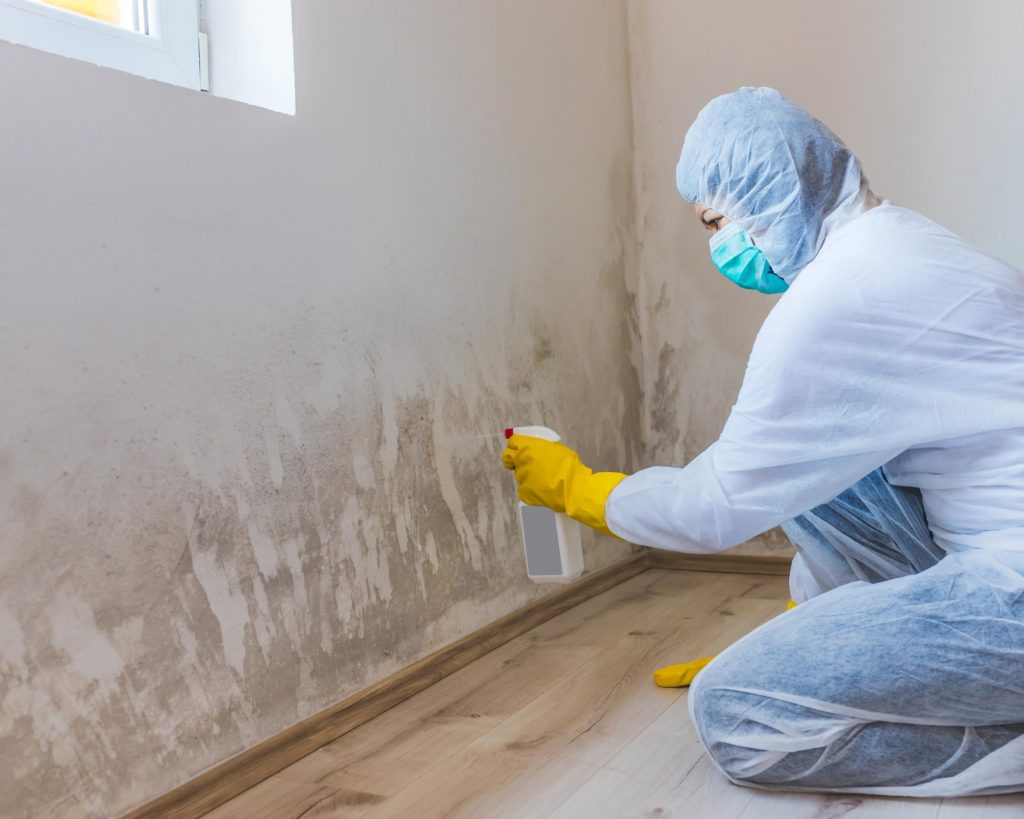
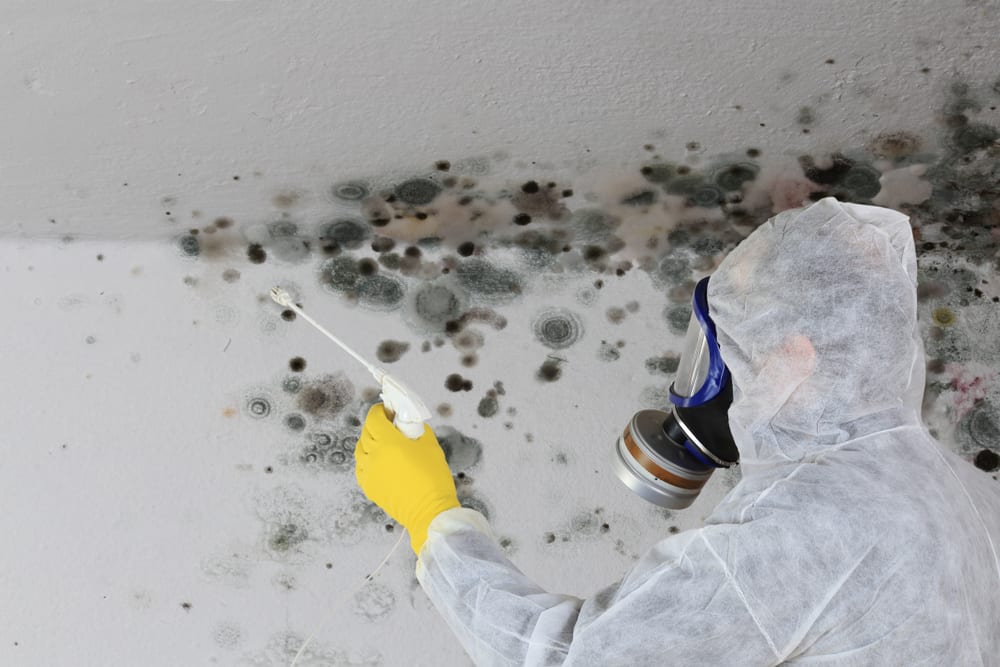


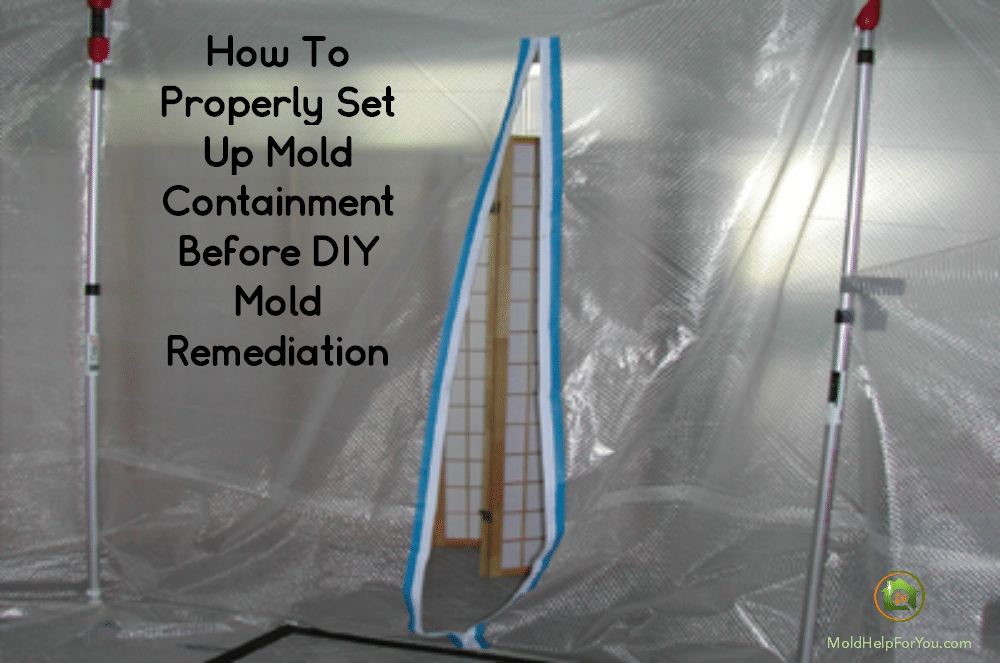

:max_bytes(150000):strip_icc()/_hero_4109254-feathertop-5c7d415346e0fb0001a5f085.jpg)




